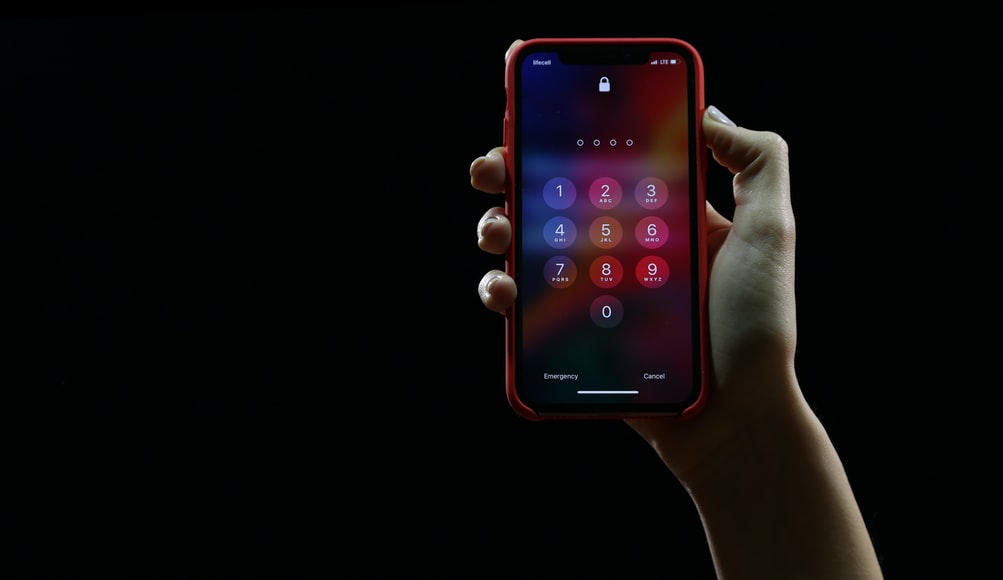“A strong password is not easily guessed or cracked.”
According to the National Institute of Standards and Technology (NIST), a strong password is at least 12 characters long, consisting of mixed types of characters including at least one uppercase letter, one lowercase letter, one number, and one symbol.
This helps to make a password longer, harder to crack, and more memorable. A strong password is also not the same across multiple websites or online accounts.
For example, “passw0rd” is a weak password. It is short (only 8 characters) and uses only lowercase letters. An individual who wants to remember this password may be tempted to change some of the letters to numbers or symbols, such as “passw0rd!” or “passw0rd1,” which are also weak passwords. A strong password would be at least 15 characters long, include at least a few uppercase letters and numbers, and is not the same across multiple online accounts.
Best Practices in Creating a Strong Password
If you’re having trouble creating a strong password, use the following tips for help:
- Use at least 10-15 characters. This will take longer to crack and be easier to remember.
- Use a combination of letters, numbers, and symbols. This is the best way to make your password strong, but if you don’t want to use symbols (such as % or ~) on your keyboard or have a device that doesn’t support them, it’s fine to leave them out.
- Don’t use the same password across multiple sites. If one site you use gets compromised (for example, by hackers who obtained a database full of user information), attackers can try your password on other websites as well. Using different passwords for each account will protect you if one of your accounts is compromised.
- Don’t write down your password anywhere. If you do this, an attacker can access your notes. And he could discover it and use it for themselves (and then potentially attack all the other accounts where you used the same password).
- Using a Password Manager App can make Creating Strong Passwords easier
Technique: Use a Password Manager
Use a Password Manager app to create and manage strong passwords for you.
Use a password manager app, such as 1Password or LastPass. These apps help you generate passwords for each website you visit, which you can then access with one master password.
If you have trouble remembering one strong password, try using a phrase as your master password. For example, use the first letters of a phrase or sentence as your master password. You can also create different passwords for different accounts, which makes it even more difficult for hackers to guess your passwords. Using a password manager is a good habit to develop.
If your device is compromised, someone who gains access to it can see your stored passwords. Always update your device’s operating system the moment a new update is available so that any security issues are fixed as soon as possible. If an attacker gains access to your device, they may be able to access your password manager and retrieve the stored passwords.
This is why it’s important to install updates at the earliest possible time whenever they become available. Also be sure to use an encrypted file system so that if your device does get hacked, your sensitive information (including passwords) is not accessible without the encryption key.

